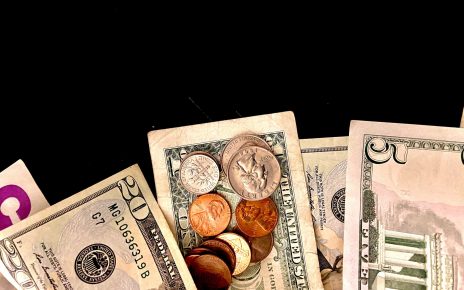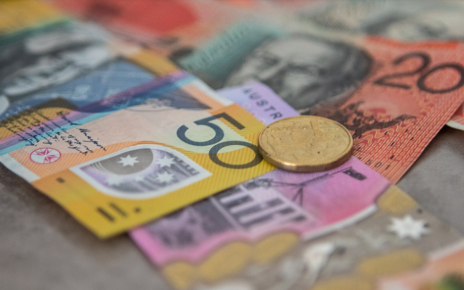Apparently, there is an indirect correlation between gold and copper prices than market analysts previously realized. As the one surges, the other falls flat. For instance, gold managed to climb high in an economic downturn because investors want a haven.
Similarly, the dwindling copper prices should not come as a surprise since construction and manufacturing is slow amidst the pandemic. Unusual times, after all, dictate unusual methods for copper and gold to move in the foreseeable future.

A new price pattern
Nonetheless, it seems copper and gold are not following their usual trajectory of leaping upwards side-by-side. As of now, the copper price surged to $6,000 a tonne in June, which is a 30% increase compared to March. Gold, on the other hand, managed to reach $1,800 an ounce, which is close to the second-highest valuation since 2011.
In fact, several financial analysts believe that it might surpass even $2,000 in 2020 or later. As the global order continues to feel the sting of COVID-19 pandemic, the economic stability looks uncertain, which means uneven recovery for most countries.

A winning formula
That said, nations that are betting on copper have proved otherwise. Despite market uncertainties and unusual patterns, it has undeniably become a winning formula. However, it is imperative to understand that gold started its surge in prices from an already comfortable high rate.
Initially, it all started in 2019 during the trade war between China and America that shredded economic growth and business prospects. Consequently, reduced interest rates in the US lowered the overall yield on 10-year old Treasury bonds. It was only a matter of time before the spike in gold prices. Now, between November 2018 and late-2019, the gold prices rose around 25% (i.e., $1515).

The economic downturn and gold prices
Currently, the coronavirus pandemic is pushing gold to unimaginable heights. Meanwhile, investors are looking for long-term security due to justifiable fear of continuous economic downturn in major countries. Gold related exchange-traded funds have managed to amount for $40 billion in the first six months of the year, an all-time record.
Conversely, the valuation of the US dollar has become weak. Therefore, it has become cheaper for other currency holders to purchase gold. Jerome Powell, Federal Reserve chairman, insists that the retail market is the biggest arena for gold to shine. In fact, there is a good chance more shopping will spike prices higher.
Interestingly, the price hike of copper in 2020 is arguably more striking than before. However, it hints a pattern as the price sank from January to March during early coronavirus spread in China. Remember, it accounts for approximately half of the copper’s total consumption.
More investment initiatives and demand
Currently, there are new initiatives to stimulate the economic output of China’s investment. In June, sector-based copper demand in China, used by Citigroup, rose to 5.5%, its highest spike in the last two years. Concurrently, China continues to recover from the COVID-19 pandemic, where the US continues to grapple with its first-wave consequences.
Production capacity issues
Besides, the production of copper takes place in South America, which continues to face a constrained supply. Some mines, for instance, in Peru, have closed due to the COVID-19 spread in local communities. Thus, there is a slow production process and will take some time until the operational activities resume at full capacity. In Chile, for instance, there is already a threat of a strike by miners on top of minimal supply and staff.
Wrap Up: what lies in the future?
Currently, it seems unclear as to how long copper prices can remain sustainable investment for some countries. Although the metal has always been a robust component to drive the world’s economic growth, it is gradually falling. The resurgence or another wave of the virus in the US could decrease the demand for cars, appliances, and copper-dependent goods.
However, European leaders’ mutual agreement of a new stimulus package may drive the demand for more copper as countries invest in solar farms and electric grids. Furthermore, gold may show some persistence due to high debt, lower interest rates, and dollar devaluation. In any case, the journey to full recovery is far from over.





